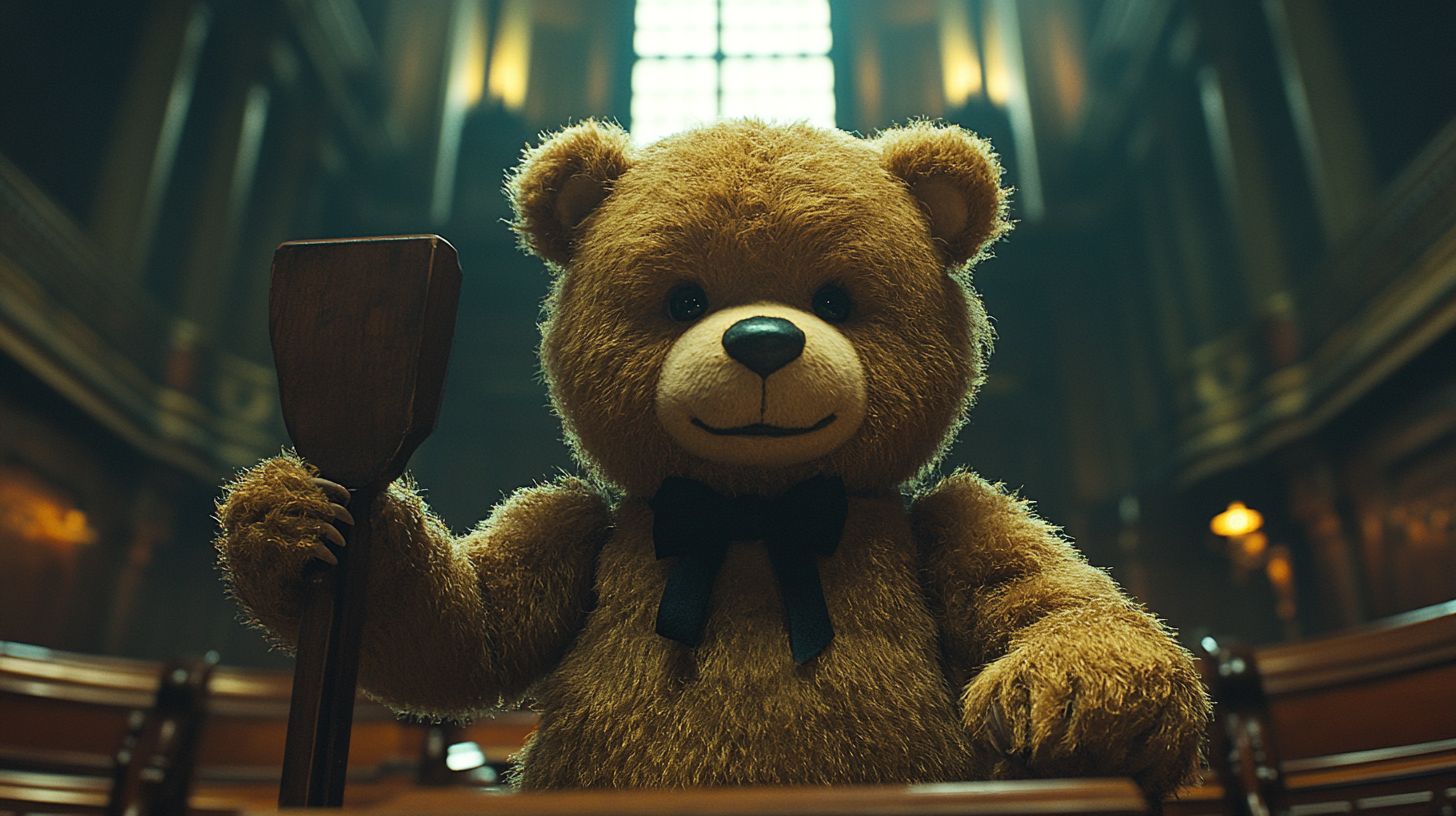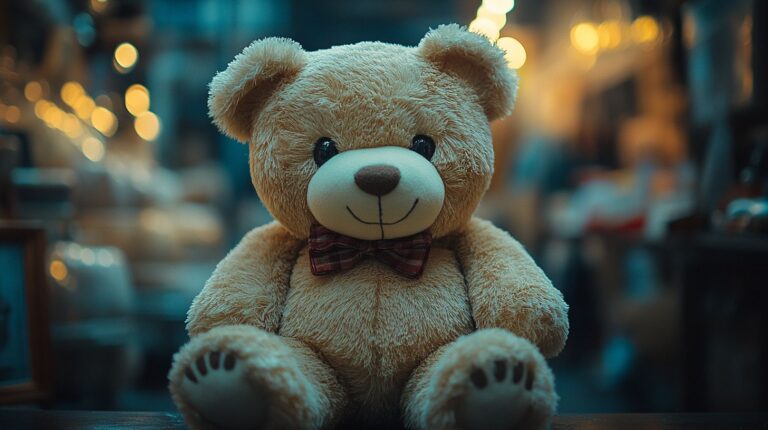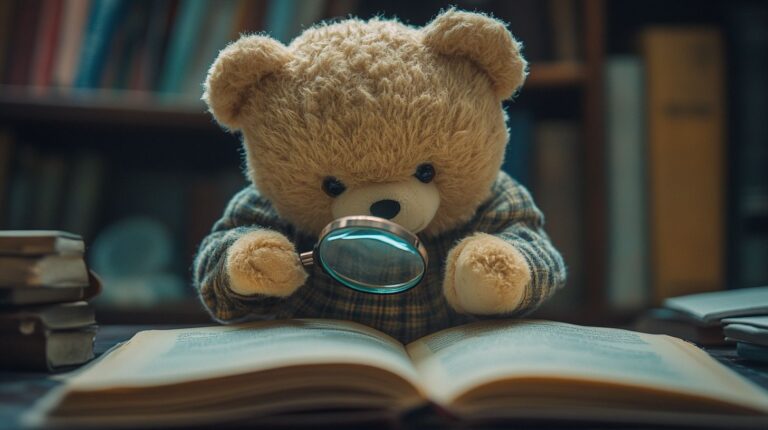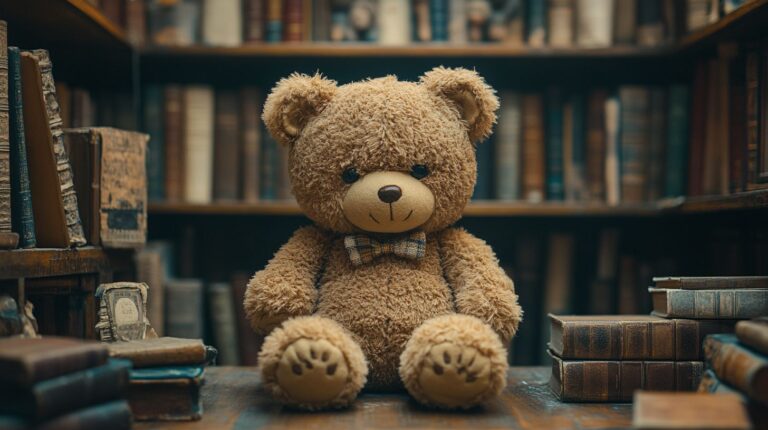Getting into teddy bear auctions can feel rather daunting at first, but there's nothing quite like the thrill of securing a rare vintage piece. It's essential to do your homework – I find studying price guides and past sales records absolutely invaluable, especially for those elusive pre-WWI British bears.
Mind you, the fees can be a right shock if you're not careful. Most auction houses charge between 15-30% plus VAT, which can turn what seemed like a bargain into quite an investment. Whilst eBay remains popular, some of the loveliest specimens turn up at specialist houses like Vectis – their authentication process tends to be rather thorough.
One clever trick is to place bids in odd numbers; you'd be surprised how many collectors stick to round figures. I've noticed particularly good results with this approach when bidding on 1915 British bears, though you'll want to scrutinise them carefully for authenticity. Some chaps keep elaborate spreadsheets of market data, but I prefer keeping an eye on auction trends whilst trusting my instincts a bit.
Remember to factor in those pesky premiums when setting your maximum bid – nothing worse than winning an auction only to find it's stretched beyond your budget. Rather fascinating market, really – always something new to learn about these beloved bears.
Key Takeaways
Before diving into any teddy bear auction, it's absolutely essential to do your homework on past sales figures. I've noticed that serious collectors tend to specialise in particular makers or eras, so knowing what similar bears have fetched at previous auctions gives you a proper sense of their worth.
Remember to factor in all those pesky extras when setting your budget – the buyer's premium can add a hefty 20% or more to your winning bid, and don't forget about VAT. Nothing worse than spotting the perfect Steiff only to realise it's stretched beyond your means once all costs are totalled.
Whilst browsing auction houses from Christie's to provincial salesrooms, it's worth setting up personalised alerts. The really special pieces often appear in the most unexpected places, and you'd be gutted to miss that rare 1920s Chad Valley because you weren't keeping tabs.
Authentication is rather tricky business. Take your time examining the bear's original labels, if present, and scrutinise the stuffing carefully – those old wood shavings tell quite a tale. Repairs aren't necessarily deal-breakers, but they should influence your bidding strategy.
Here's a clever bit of strategy: when placing your maximum bid, opt for precise amounts like £267 rather than £250. You'd be surprised how many collectors stick to round numbers, giving you that extra edge when push comes to shove.
Research Your Target Bears

Knowledge truly is power when it comes to bidding on collectible teddy bears. Before diving headfirst into an auction, you'd be wise to thoroughly research the particular bears that catch your fancy – trust me, it'll save you loads of grief later on.
The smart money's on tracking recent auction results, particularly focusing on condition grades and what similar bears actually sold for. Make note of the crucial bits – who made it, how old it is, the size and any special characteristics that make it unique.
While The Antique Teddy Bear Price Guide might set you back £45, it's absolutely brilliant for serious collectors. Do have a proper look at the auction photos – any genuine British bear from 1915 ought to show the right sort of wear and tear, with materials typical of that period.
Provenance is rather crucial – a well-documented history can send values through the roof. If you've got your heart set on a Steiff, you'll need to become rather savvy about authenticating that famous button-in-ear, as reproductions are everywhere these days.
It's worth keeping tabs on sales from the past couple of years, perhaps in a spreadsheet, noting how prices tend to shift with the seasons. Funnily enough, a rather worn Chad Valley bear from the 1950s might fetch more at auction than a pristine modern piece, provided it's sufficiently rare. Strange old world, isn't it?
Understand Auction House Fees
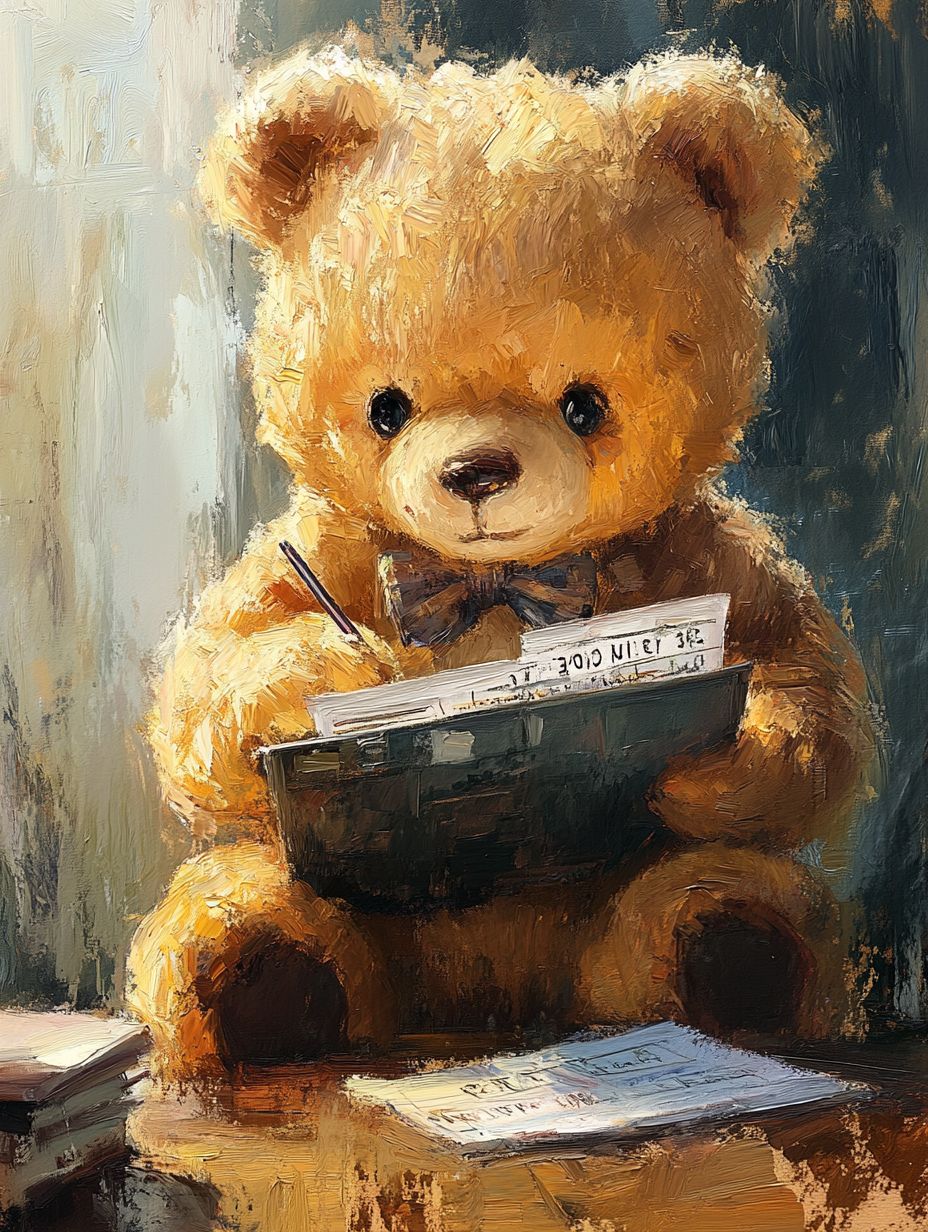
Auction houses invariably slap on extra charges beyond the hammer price, and you'd be wise to factor these into your bidding strategy. The buyer's premium tends to be the heftiest fee – typically somewhere between 15% and 30% of your winning bid. Bit steep, if you ask me, but that's just how the collecting game works these days.
Mind you, British auction houses are fairly transparent about their fees in the terms and conditions, though it pays to scrutinise the small print. There's VAT at 20% to consider, not to mention handling fees and insurance costs that can catch you out.
Some places will charge extra for carefully packing delicate items – particularly relevant when you're dealing with those gorgeous Victorian bears fetching hundreds of pounds at specialist sales.
If you're dabbling in online auctions, watch out for those sneaky platform fees, and don't forget about currency conversion charges when bidding on pieces from abroad. Shipping can be rather dear too, especially for bulky items.
The prestigious lot – your Christie's and Bonhams – tend to command the steepest premiums, naturally. Worth giving the auction house a ring beforehand to sort out exactly what you'll be paying – nothing worse than getting a nasty shock when the final bill arrives.
Inspect Before You Bid
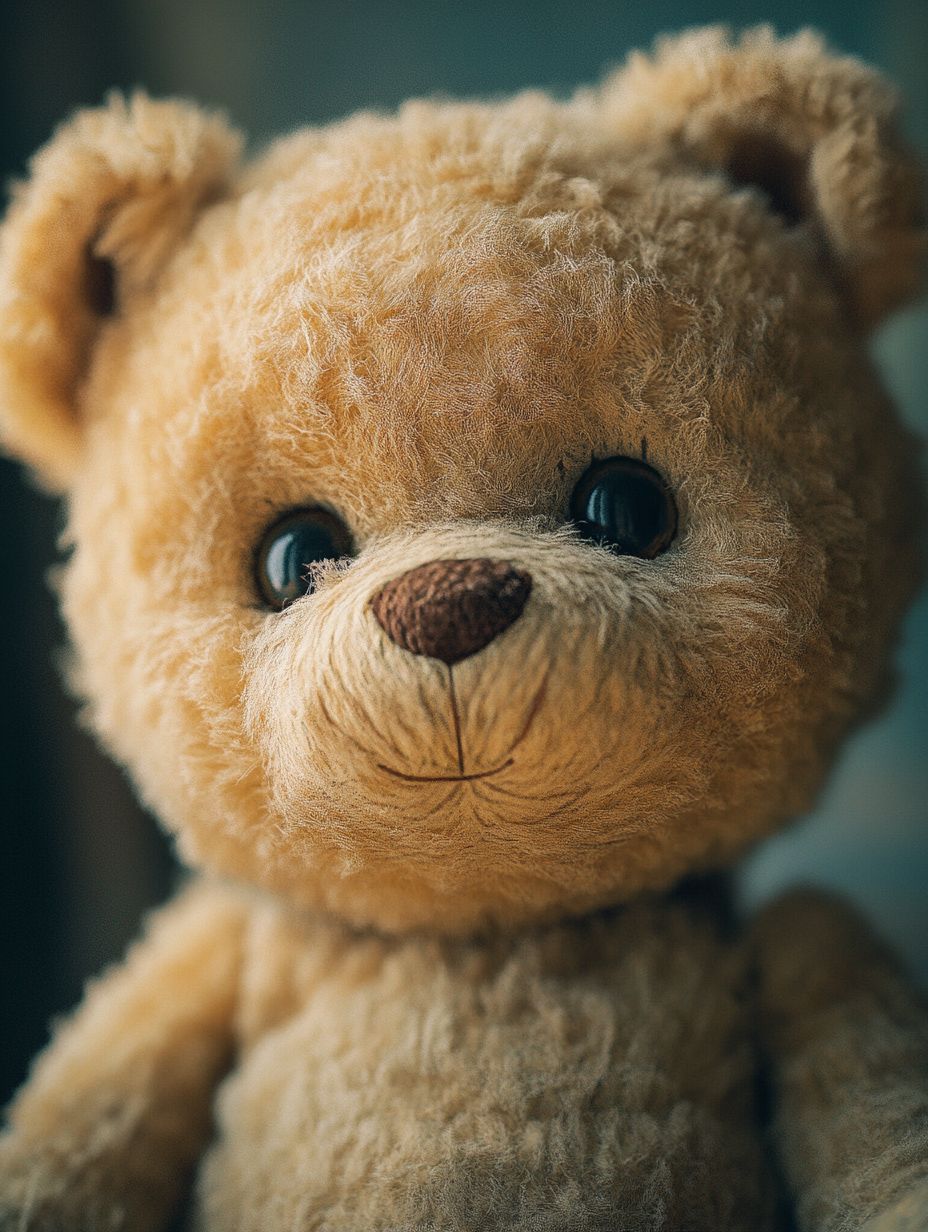
A Proper Look Before You Bid
There's nothing quite like getting your mitts on the teddy bear you're thinking of buying. Rather like sizing up a classic Morris Minor, it's those little niggles that tell you whether you're onto a winner or about to make a frightfully expensive mistake.
Every centimetre needs checking – from the mohair right down to those wooden wool joints.
Those auction houses can be dreadfully dim, so do insist on proper lighting. You'll want to spot any moth damage, worn patches or dodgy repairs, especially round the neck and arms where bears tend to get the most wear.
Give it a gentle squeeze – lumpy or compressed stuffing's a definite no-no. The glass eyes ought to be firmly attached, and watch out for replacement noses – they can knock hundreds of pounds off the value in a trice.
The label's terribly important, assuming there's one. A slightly weathered original Steiff or Merrythought tag is worth its weight in gold compared to some suspiciously pristine affair.
Can't make it to inspect in person? Best get loads of detailed snaps, particularly of any iffy bits.
Mind you, nothing beats a proper hands-on inspection – could save you from kicking yourself later when that bargain turns out to be anything but.
Set Smart Maximum Bids

Right, so you've spotted a lovely teddy that's caught your eye – now comes the tricky bit of deciding what you're prepared to shell out. Setting a maximum bid isn't just about checking your bank balance; it's rather more nuanced than that. You'll want to settle on a sensible figure that reflects both what the bear's genuinely worth and how it fits into your collection.
Rather like popping down to Waitrose for the weekly shop, you need to leave yourself a bit of breathing space.
Do have a proper look at what similar bears have gone for recently, particularly paying attention to their condition and background. A decent 1950s Merrythought might set you back £200-300 at auction, while those particularly special early Steiffs – say, from 1912 – could easily run into the thousands.
Mind you don't forget about the extras – auction houses typically slap on a 20-25% buyer's premium, and then there's the VAT and delivery costs to factor in. It's terribly easy to get swept up in the excitement when the bidding kicks off, so jot down your absolute limit and stick to your guns.
Here's a clever little wheeze – try setting your maximum bid at an odd number, like £267 instead of the obvious £250. You'd be surprised how often this helps pip other collectors who tend to think in nice round figures.
But remember, if this one slips away, there'll always be another bear waiting just around the corner.
Master Online Auction Platforms
Whilst eBay still dominates the online auction scene for teddy bear collectors, there's a whole world of specialist platforms worth exploring. Vectis Auctions and Special Auction Services tend to attract the more serious collectors, offering premium bears in a rather civilised atmosphere.
Mind you, each site has its quirks – getting to know them properly can make all the difference.
The secret to success lies in clever use of search filters, particularly on eBay where competition can be fierce. Setting up saved searches with alerts is brilliant for spotting those elusive Steiff bears or vintage Merrythoughts the moment they appear.
Rather handily, checking European and American sites can turn up some proper bargains, especially when exchange rates work in your favour.
These days, you'd be daft not to have the mobile apps installed – they're absolutely essential for those nail-biting final moments of an auction.
Sort out your payment methods beforehand; PayPal's grand, but some auction houses prefer bank transfers.
Do watch out for those sneaky extras, though. Vectis tacks on a rather steep 20% buyer's premium plus VAT, and shipping costs can be eye-watering, particularly when you're buying from abroad.
Best to factor all that in before getting carried away with the bidding.
Conclusion
Getting to grips with teddy bear auctions isn't always straightforward, but it's rather rewarding once you've got the hang of things. The bidding rooms can be properly nerve-wracking at times – whether you're perched behind your laptop or standing amongst the paddle-wielding crowd at Christie's. Mind you, half the fun is in learning to keep your cool whilst others lose their heads over a rare Steiff.
The trick is to be properly organised about it all. Do have a thorough look at past sale prices, factor in those pesky commission fees, and always, always inspect the bears in person when possible. There's nothing worse than winning an auction only to discover dodgy stitching or missing glass eyes that weren't clear in the photos.
Set yourself sensible spending limits and stick to them – even when that charming 1920s mohair fellow is proving terribly tempting. With time and practice, you'll develop quite the knack for spotting genuine bargains amongst the plush treasures. Just remember to trust your instincts and never let auction fever get the better of your wallet.

